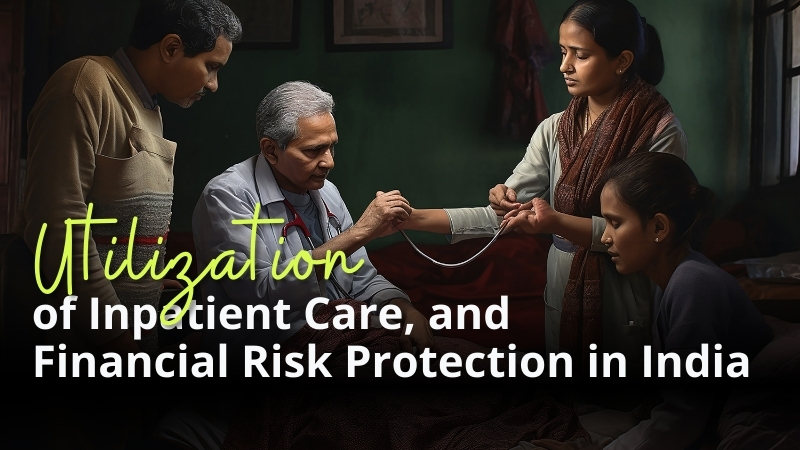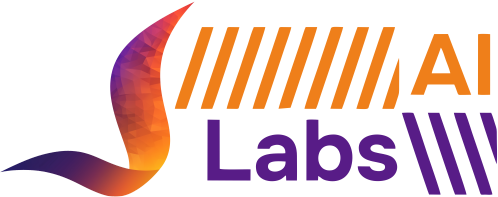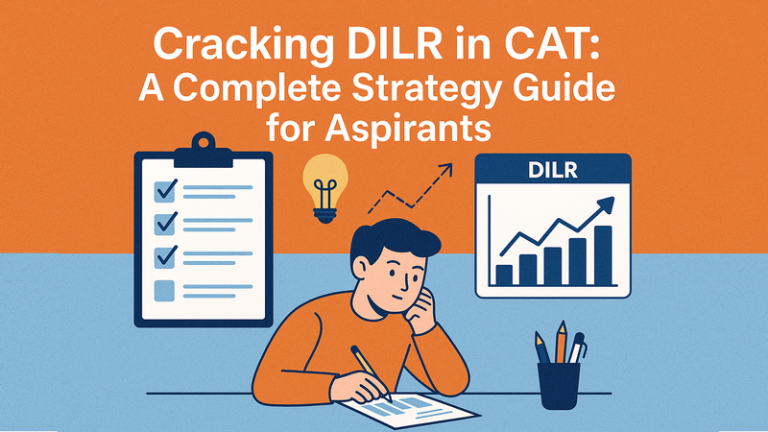Health Insurance & Inpatient Care Access in India In India, equitable and affordable access to care is a fundamental policy concern with a low public health expenditure (1.15% of gross domestic product) and high out-of-pocket health expenditure (OOPE) (50.6% of health expenditure). Several health insurance programmes have been launched in India to improve accessibility to …
Utilization of Inpatient Care, and Financial Risk Protection in India

Health Insurance & Inpatient Care Access in India
In India, equitable and affordable access to care is a fundamental policy concern with a low public health expenditure (1.15% of gross domestic product) and high out-of-pocket health expenditure (OOPE) (50.6% of health expenditure).
Several health insurance programmes have been launched in India to improve accessibility to healthcare services and safeguard people against health expenditure catastrophes. The article analysed the impact of health insurance enrolment towards accessibility, utilization of inpatient care, and safeguarding against financial risk across all states/union territories (UTs) of India.
The analysis was based on a recent round (75th round) of the nationally representative survey on health and morbidity, entitled “Social Consumption: Health,” using the propensity score matching technique. It was observed that the accessibility to inpatient care was statistically significantly higher among insured than uninsured in most states/UTs. Hospitalization episodes more than once were also statistically significantly higher among insured than uninsured.
MBA with Artificial Intelligence (AI)
However, utilization patterns of inpatient care in terms of incidence of hospitalization with private healthcare providers and longer duration of hospital stay were not impacted much by the health insurance status across most states/UTs.
Furthermore, health insurance was statistically significantly effective in reducing financial burden in terms of out-of-pocket health expenditure (OOPE) and catastrophic health expenditure (CHE) (at 10% threshold) for insured in a few states, including, Assam, Uttar Pradesh, Karnataka, Maharashtra, Delhi, Punjab, Tamil Nadu, Kerala, Meghalaya, Andhra Pradesh, and Telangana.
On the other hand, in some states with good health insurance enrolment rates, including Rajasthan, Chandigarh, Goa, and Chhattisgarh, health insurance did not significantly reduce the OOPE and CHE incidence among the insured in comparison to the uninsured. These findings suggest that health insurance enrolment has alleviated the financial burden among the insured to some extent, albeit limited to certain states.
Concerted efforts, such as increasing health insurance enrolment, raising awareness about the existing schemes and their eligibility criteria, and informing beneficiaries about the procedures to avail of benefits, are required.
There is also an urgent need to include outpatient services under the purview of health insurance to reduce the financial burden and make health insurance more viable. Furthermore, strengthening public healthcare facilities and regulating private healthcare providers are imperative in augmenting financial risk protection in India.
Apply Now for MBA^/PGDM
The full research paper can be accessed here Aashima, Nanda, M., & Sharma, R. (2024). Impact of Health Insurance on Accessibility, Utilization of Inpatient Care, and Financial Risk Protection Across States/Union Territories of India. Global Social Welfare, 1-12.
DOI: https://doi.org/10.1504/IJICBM.2023.130930













